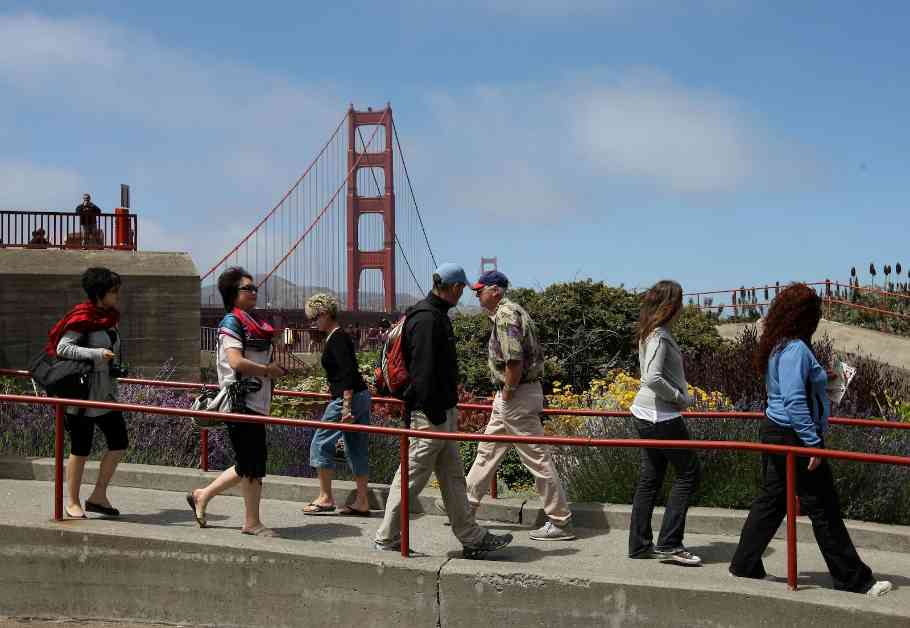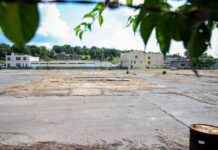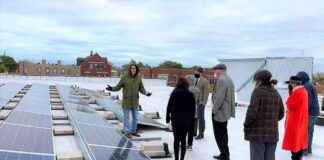America’s Walkability Revolution: A Twin Study Unveils Surprising Insights
In a world dominated by cars and highways, the importance of walkability often gets lost in the shuffle. From bustling cities to serene suburbs, the landscape is often designed more for vehicles than for pedestrians. But what if there was a way to prove that making neighborhoods more walkable could encourage people to walk more, benefiting public health and the environment?
A groundbreaking study published in the American Journal of Epidemiology sheds light on this very question. Using a sample of 11,000 twins, researchers discovered a fascinating correlation between walkability and physical activity. The study revealed that a mere 1 percent increase in a neighborhood’s walkability led residents to walk an additional 0.42 percent more minutes per week. This seemingly small change could translate to significant health benefits, with an average city dweller potentially walking an extra 20 minutes weekly if their area’s walkability was boosted by 50 percent.
But what makes this study truly unique is its focus on twins living in different neighborhoods. By comparing pairs of twins with varying levels of walkability in their surroundings, researchers were able to pinpoint the direct impact of built environments on activity levels. The findings not only underscore the importance of walkable neighborhoods but also provide valuable insights for policymakers looking to enhance public health and combat climate change.
The Power of Structural Change
While individual behavior change has long been promoted as a solution for better health, the study’s lead author, Glen E. Duncan, emphasizes the need for broader structural changes. By integrating walkability into urban landscapes, cities can encourage healthier habits without relying solely on personal choices. This shift towards walkable communities not only promotes physical activity but also fosters social connections, economic growth, and environmental sustainability.
A Path to Healthier Communities
As cities strive to combat climate change and improve public health, the study’s findings offer a roadmap for sustainable urban development. By prioritizing walkability and implementing multisolving strategies, cities can address multiple challenges simultaneously. From reducing greenhouse gas emissions to enhancing community well-being, the benefits of walkable neighborhoods are far-reaching and transformative.
The Future of Urban Living
With cities like San Francisco embracing pedestrian-friendly initiatives and slow streets gaining popularity post-COVID, the momentum towards walkable communities is growing. As we reimagine our urban landscapes, the key lies in creating environments that prioritize human health, safety, and connection. By walking towards a more sustainable future, we pave the way for healthier, happier communities for generations to come.














